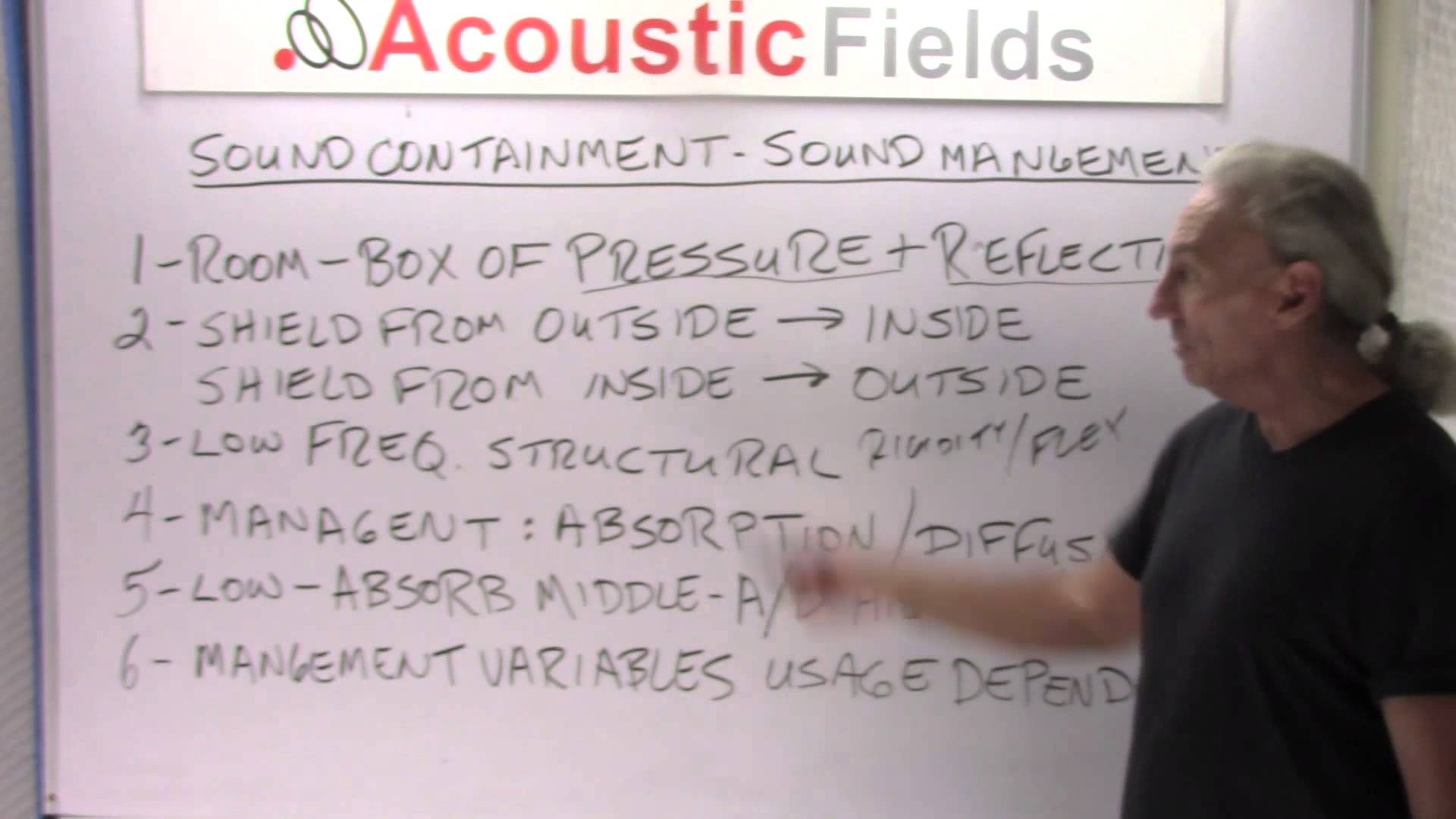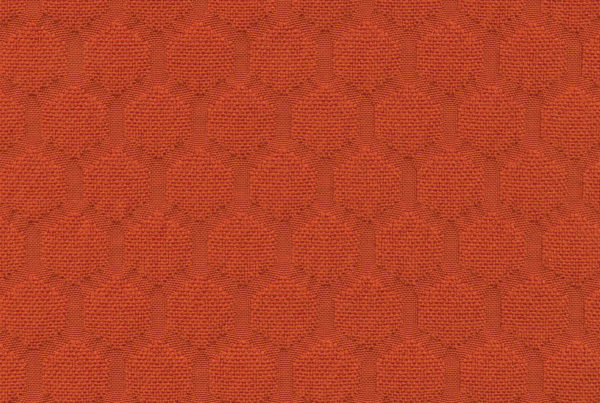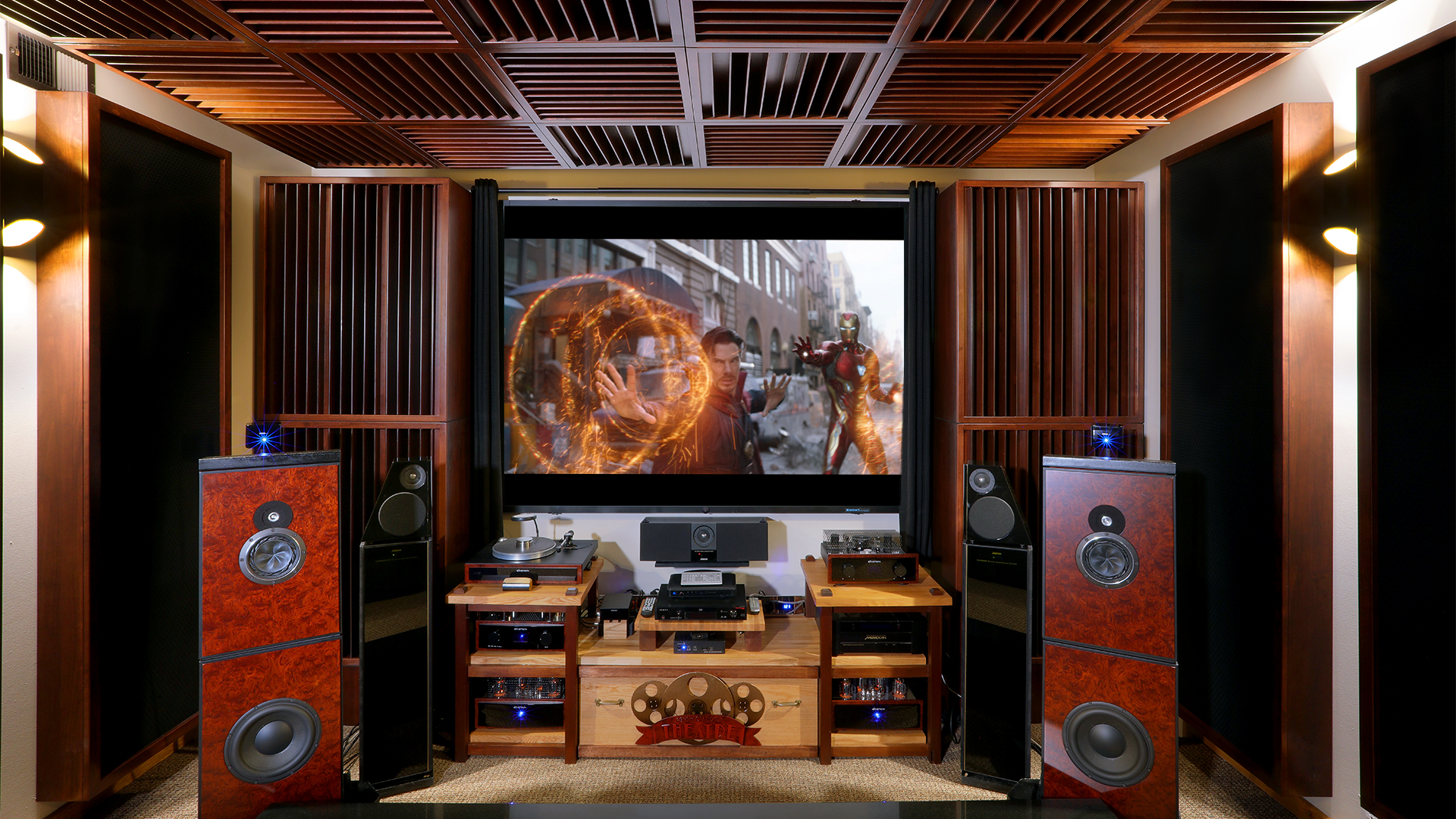The following is an unedited transcript from our video series from Acoustic Fields. There will be some errors in grammar and sentence structure that occur during this translation process.
For complete understanding and comprehension, please view the video which is included in this text. For any additional information regarding this topic or others relating to room acoustics, please contact us directly at:
P: 520 – 392 – 9486
dennis@acousticfields.com
______
Today we’re going to talk about sound containment, sound management. Two different processes. People kind of get them confused. So let’s go through some definitions and example.
What is our room? We know our room is this box of pressure and reflections. Those are the two things really that are going on there. Low-frequency energies trying to fit within our box, not happy causing all kinds of dissonance if you will. And pressure issues, modal problems that we don’t want. So it’s a box of pressure and of course it’s series of reflections of side walls, floor to ceiling, front to rear, we have the three sound fields. The left to right, the front to center and the top to bottom that we have to be concerned about.
So that’s our room and so how do we deal with that? Well, first we contain and then we manage. Containment obviously shielding from outside the inside activities, keep the noise sources, the ambiance sound source levels outside, that’s on them, keep it out there. But also we have a responsibility to shield from the inside of the room what we’re doing to the outside, to our neighbors and adjacent structures.
So two issues here going on. Low frequency management when you’re building a room, it’s definitely a structural consideration. You have to provide the structure to do that. There is a rigidity-flexibility ratio that you have to work with. It’s not a good idea all the time to use concrete. Sometimes it’s not, depending on usage, what you’re trying to do pressure levels within the room. Lots of variables to consider: room size, room volume.
So there’s definite structure things to do in our room situation. Management, we have two techniques basically. I know everybody talks about different things but I bet when it boils down to our laws of physics, we have absorption and diffusion that we can do. Because remember, energy, sound energy is reflected absorbed or diffused. So we have these two techniques that we could use. Lot of things out there claim to be diffusers but diffusers have to satisfy 6 criteria to create the proper diffuse sound field. We’ll talk about those at a later time.
So absorption and diffusion are two forces that we have. Low is almost always absorption. I can’t think of a time when I was asked to diffuse a low-frequency energy. Not something that we do. So absorption is the primary thing for lows. Mids are both absorption and diffusion that we use, of course the highs, absorption and diffusion also. In today’s digital formats, a lot of absorption in that area.
So management variables are always usage dependent. You have to take the usage into consideration. How much energy is in the room? A live room versus a vocal room, completely different energy situations, completely different boxes of pressure and obviously completely different reflection areas.
So sound containment, sound management. I hope that helps a little bit.
Thank you,
Dennis Foley







